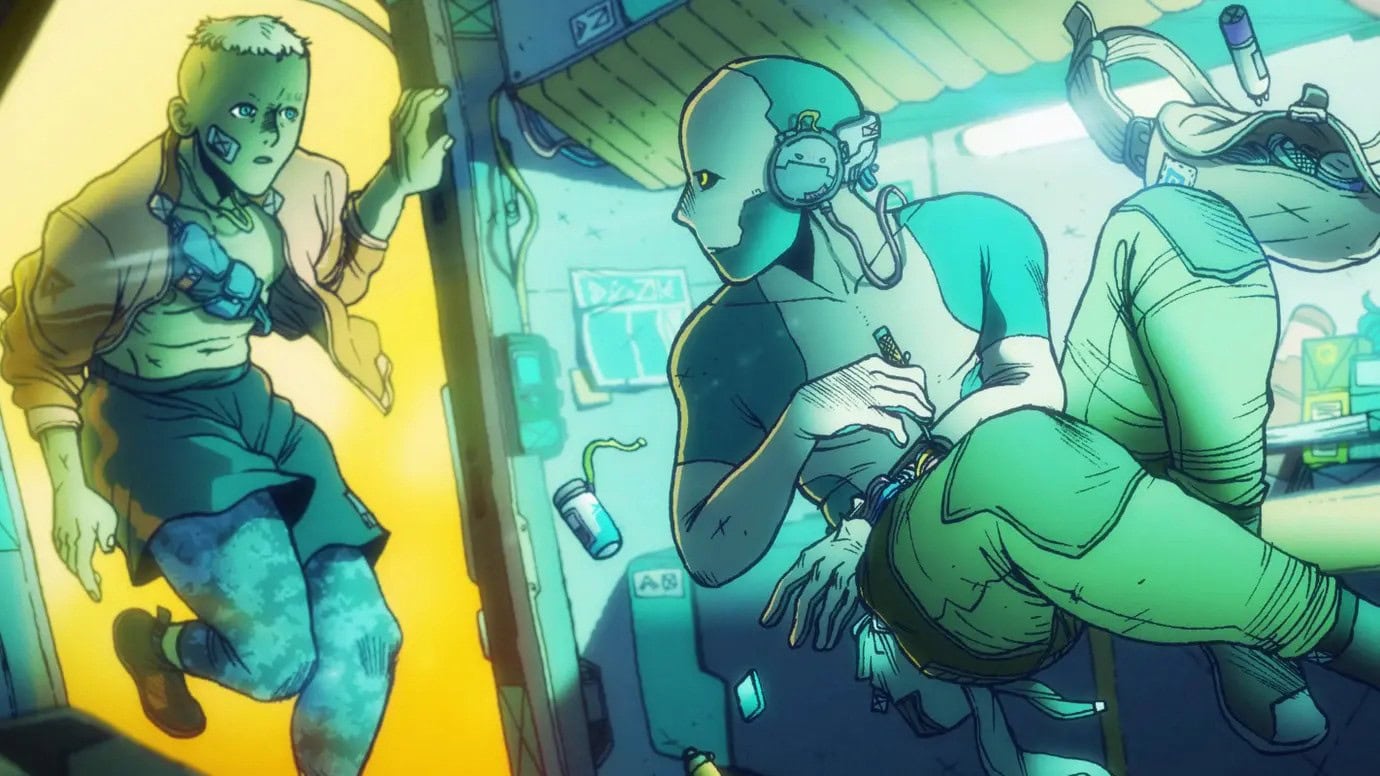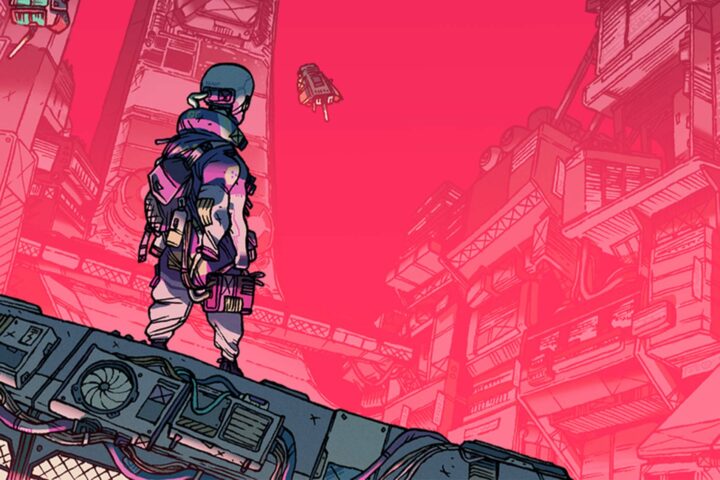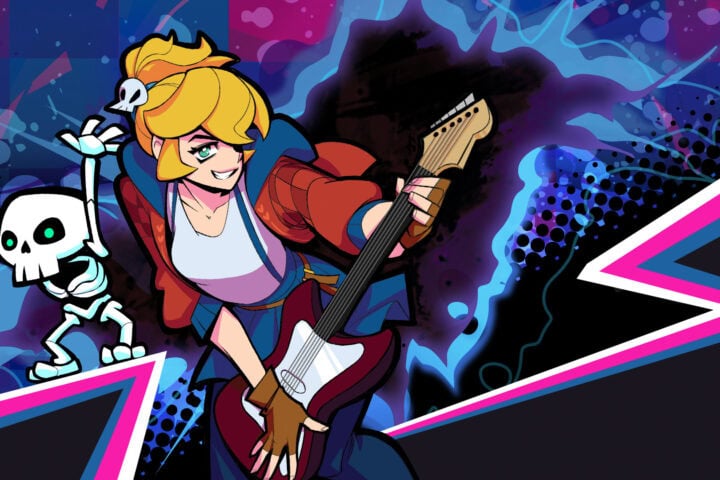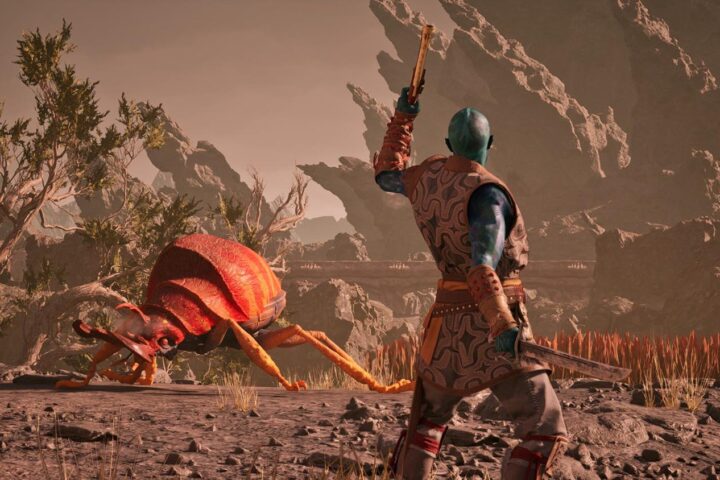If Jump Over the Age’s Citizen Sleeper 2: Starward Vector had just offered more Citizen Sleeper, it would have been enough, but a sense of expansion is startlingly on display here. Partially, this comes down to a significant increase in the series’s scale: Where the first game took place on a single space station, Starward Vector sees you hopping between various hub areas, trying to stay one step ahead of your would-be captor, a gang leader named Laine. More significant, though, are the myriad additions to the series’s suite of mechanics.
Starward Vector operates on the same basic system as its predecessor, wherein each day begins with a roll of five six-sided dice, which can then be used on different skill checks, giving better or worse odds of success based on what number was rolled. But now each of the series’s three classes—the Machinist, the Operator, and the Extractor—gets its own “push” ability, which allows for more options, such as rerolling a low dice roll, at the cost of taking on points of stress. Dice also have a chance of malfunctioning in various ways, or even breaking entirely.
The game also adds contracts to the series equation, which require you to take your ship, The Rig, to one-off locations where you’ll manage not just your dice and stress, but also your supplies and fuel. The timers that count down (via dice rolls or the passage of time) to major events are more dynamic during contracts, with smaller margins for error and unpredictable consequences lending a heightened sense of urgency to your time away from town.
Perhaps the biggest addition to the series is in the crew that you recruit and take with you on these contracts. These party members serve a significant gameplay function, as they have their own dice and skills and stress meters. But they’re also fully fledged characters, and your relationships with them—good, bad, or complicated—color the decisions you make during jobs, all of which require cooperation to succeed. In the aggregate, all of these additions make Starward Vector a game that you’ll return to not only for its narrative, but also to experience the simple pleasure of engaging with its layers of interconnected systems.
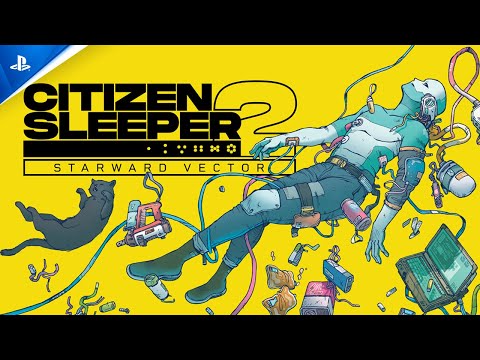
On a micro level, the game’s writing doesn’t really smack you in the face with its sharpness or style the way, say, Disco Elysium’s black comedy does, though it’s clearly a cut above the majority of RPGs. The prose shines most brightly in its dialogue, which paints characters with rare dimensionality. And though most of them are hardened by the harshness of life on the edge of the star system, many of these characters can be disarmingly warm and plainspoken.
On a macro level, the world-building here is among the best in the medium. The Belt—a series of far-flung settlements that exist on the fringes of the warring inner star system and in the shadow of a fallen empire—crackles with life. Indeed, exploring its varied communities is so irresistible that it’s a minor bummer that location names and descriptions are sometimes obscured behind images or by the edge of the screen, so hopefully that will be remedied in a patch.
The political elements of this setting certainly pull no punches. The Spindle, for example, is a space station that’s only easily traversed by a highway reserved for motor vehicles, making it difficult or even impossible for the impoverished residents of its lower end to reach the docks at the opposite end, where most well-paying work is available. Many of the people who reside on Wellspring, an asteroid containing the vast majority of water in the region, exist in a state of what can only be described as wage slavery, wherein they strip mine ice from an unimaginably vast cavern in near zero-g in shifts that can theoretically last forever.
Starward Vector’s more itinerant nature means it doesn’t quite achieve the tidy perfection of the first game, but it still leaves us with plenty to chew on. Your character, a Sleeper, is a human consciousness that resides in a mechanical body that was built to labor forever in service of one corporation. More than its predecessor, Starward Vector is concerned with the relationship between the human soul (as one character warmly and plainly puts it) and its body, even and especially when that body doesn’t look or function how it’s expected to. More broadly, it’s about being a misfit in a world filled with other misfits and figuring out how to work together anyway.
This game was reviewed with a code provided by Double Jump Communications.
Since 2001, we've brought you uncompromising, candid takes on the world of film, music, television, video games, theater, and more. Independently owned and operated publications like Slant have been hit hard in recent years, but we’re committed to keeping our content free and accessible—meaning no paywalls or fees.
If you like what we do, please consider subscribing to our Patreon or making a donation.

